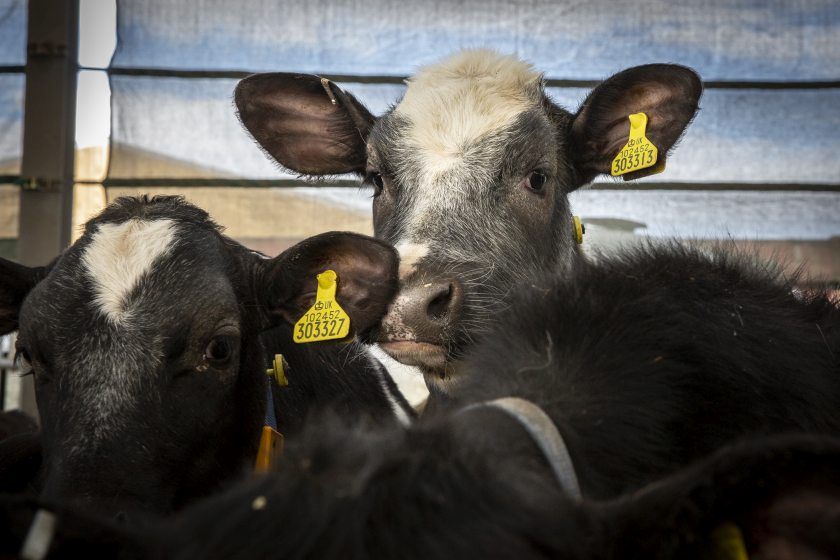
Farmers are being told to monitor for early signs of Bovine Respiratory Disease (BRD) in dairy calves as leaving it too late could cost up to £772 per animal to treat.
The respiratory disease is estimated to cost the UK cattle industry £80m annually, with research showing that it affects 46% of calves before they reach nine weeks of age.
A recent study using ultrasound imaging to assess lung damage in young dairy calves revealed that lung lesions can develop as early as 12 days of age and have long-term effects.
Moreover, according to the AHDB 2016 fallen stock report, BRD is the most diagnosed cause of death for animals under six months of age.
Many farmers only consider the immediate treatment costs and the reduction in daily liveweight gain - estimated at an average £45 per case - but this is just the tip of the iceberg, according to Ceva Animal Health.
It says the economic impact of BRD in young dairy heifers can have long-term knock-on effects associated with decreased longevity and production.
It is estimated that the overall cost will be closer to £772 per animal - this includes the immediate cost of treatment and a two-week delay to first calving.
On top of this, farmers could see a 4% and 8% reduction in first and second lactation milk yields respectively and a lifetime reduction of 109 days in-milk caused by reduced longevity.
A BRD scoring system developed by University California, Davis helps ensure early detection and treatment in dairy calves and reduce the impact of the disease.
A new website has been launched by Ceva Animal Health featuring the system to promote best practice amongst farmers.
It features information on reducing the impact of BRD on dairy calves focusing on prevention, early detection and treatment, as well as covering the longer-term production consequences and economic impact of the disease.
Gemma Robinson, ruminant adviser at the veterinary firm, said BRD remained one of the UK’s most prevalent diseases in dairy calves.
"The lifetime total economic cost could be over £700 per dairy heifer,” she said, adding that farmers should use a non-steroidal anti-inflammatory (NSAID) as part of their BRD treatment plan.
The website covers the importance of using a NSAID alongside appropriate antibiotic therapy on all affected calves to reduce pyrexia and minimise lung consolidation, which has a negative impact on growth.
Dr Tim Potter, senior clinical director at Westpoint Farm Vets, said rapid disease detection and treatment were key to minimising the long-term impacts of BRD.
"Tools such as the UC Davis BRD scoring system can really help understand disease levels on farm and help the team rapidly identify issues with BRD.”
